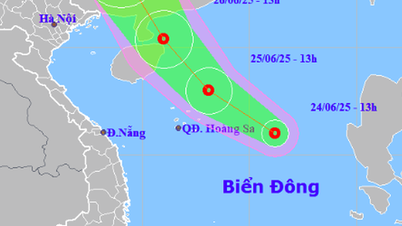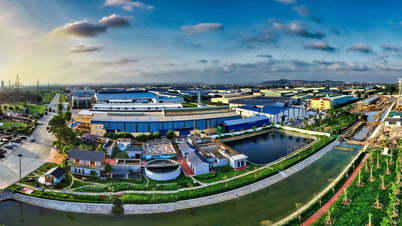Researchers have found that when temperatures reach 40 degrees Celsius or higher combined with high humidity, the human body can become overwhelmed.

Many parts of the world are experiencing dangerous temperatures. Photo: Sorn340 Studio Images
Research by Professor Lewis Halsey and colleagues at the University of Roehampton, UK, determined that the critical temperature for humans is likely to be between 40 and 50 degrees Celsius. They are conducting further research to explain the increase in metabolic energy expenditure at high temperatures, Eurek Alert reported on July 6.
Halsey’s team found that resting metabolic rate, a measure of how much energy a person’s body uses to maintain a minimum level of activity, can be higher when exposed to heat and humidity. Much research has been done on the temperature range at which different species can survive to maintain a minimum metabolic rate and low energy expenditure. But little is known about the upper limit of the thermoneutral zone for humans, according to Halsey.
Understanding the temperature at which our metabolic rate starts to increase and how it varies from person to person has implications for work, sports, health and international travel. “This research provides a fundamental understanding of how we respond to less-than-ideal environments and how optimal conditions vary between individuals with different characteristics,” said Professor Halsey.
Global temperatures rose to an average of 17.18 degrees Celsius from the previous record of 17.01 degrees Celsius. July is likely to be the hottest month ever recorded since the Eemian period 120,000 years ago, according to Dr. Karsten Haustein, a researcher in atmospheric radiation at the University of Leipzig.
“We are building a picture of how the body responds to heat stress, how well individuals can adapt and what the limits of adaptation are in a warming world,” said Professor Halsey.
An Khang (According to IFL Science )
Source link





































































![[Photo] General Secretary To Lam attends the launch of 3 digital platforms serving the implementation of Resolution No. 57-NQ/TW](https://vphoto.vietnam.vn/thumb/402x226/vietnam/resource/IMAGE/2025/7/2/d7fb7a42b2c74ffbb1da1124c24d41d3)




































Comment (0)